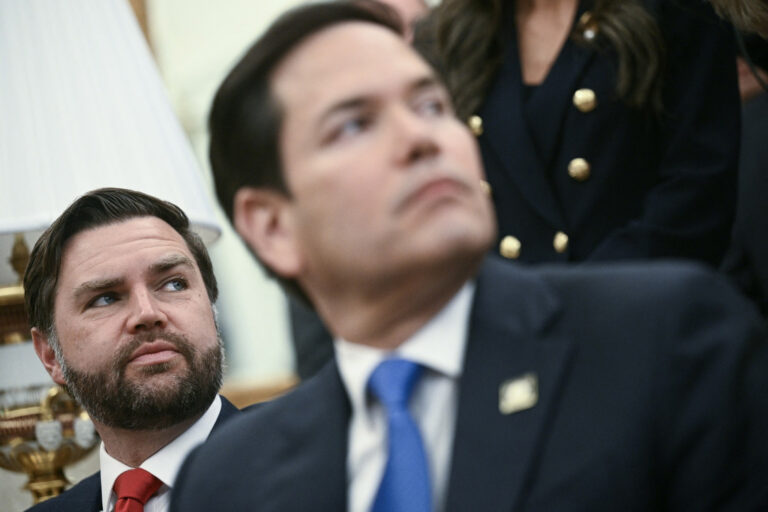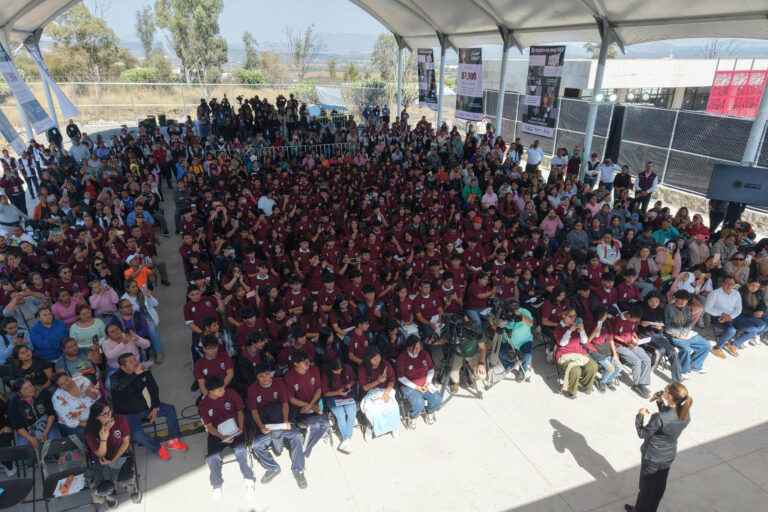THE JUDICIAL ELECTION’S UNEVEN MEDIA COVERAGE
This editorial by Bernardo Barranco V. appeared in the June 4, 2025 edition of La Jornada, Mexico’s premier leftist daily newspaper.
During the judicial election day, few media outlets were visible on the INE (National Electoral Institute) esplanade in southern Mexico City. Unlike other electoral processes, where numerous tents, cameras, mobile units, and dozens of hosts, reporters, and experts were seen, this time they were conspicuous by their absence. This time, there was a certain lack of the usual media hubbub. Why did television and radio stations dismiss this election? Did they already sense a low turnout? Or did they want to dismiss and silence an uncharted voting process?
Many media outlets, it should be noted, aligned themselves with and echoed the opposition’s criticisms and warnings against the process. How many economic and power interests are at stake? In other words, the media contributed to the polarization against judicial reform and election. Through their silence and/or stridency, they sowed dismay among the population.
While many states in the United States of America elect their judges, federal magistrates are nominated by the president and confirmed by the Senate. In Bolivia, the 2009 Constitution adopted an unprecedented method for allocating seats in the country’s high courts through universal elections. Mexico went further: it is the first country in the world to elect all its ministers, magistrates, and judges by suffrage. This has attracted the attention of the international press, as it is an unprecedented process that deserves to be observed. The BBC asks: Why was turnout so low in the judicial election in Mexico, if it was an initiative of such a popular government?
It should be noted that the international media and press were skeptical of the electoral process. The international press closely followed the Mexican judicial election due to its unprecedented nature on a global scale. The Mexican exercise probably makes many so-called democratic governments uncomfortable. The fact is that countless media outlets adopted a critical view that echoed the approach of the country’s political opposition. For example, The New York Times published an analysis titled: “How the Vote for Nearly 2,700 Judges Could Empower One Party,” alluding to the fear that the ruling party would capture the judiciary and thereby gain control of all three branches: a majority in the legislative, executive, and now, the judicial branches.
With a few exceptions, the general tone of the international media was one of unease. Terms such as “threat to judicial independence,” “risk of partisan control,” and “controversial exercise” appeared repeatedly on global portals, opinion columns, and news agencies.
A large segment of the national press, television, and radio were negative about the process. The language of critical press and television was overwhelming: terms like “farce,” “sham,” “failure,” “circus,” and “lack of legitimacy” could be read or heard.
The more conservative or business-oriented mainstream press also echoed the dissenting voices. Newspapers such as Reforma, El Universal (in some columns), and Excélsior published reports highlighting the negative aspects: the extremely low turnout, the lack of information among the electorate, and legal uncertainties regarding the constitutionality of the judicial reform.
Several highlighted the unprecedented number of spoiled or blank votes. In fact, according to preliminary results from the INE (National Institute of Statistics and Census), more than 10 million ballots were spoiled in this election, a figure that far exceeds the number of votes obtained by any individual candidate for Supreme Court justice.
The major television networks deserve special mention. Televisa’s coverage was intermittent and subdued. It called the process “unprecedented” and sent reporters to various polling stations across the country. In contrast, TV Azteca opted for minimal and obsessively critical coverage with malicious biases. It even called the election a “failure,” emphasizing the low turnout. An Azteca anchor ironically noted that in Mexico City more people attended “a pet adoption fair” that Sunday than actually voted at the polls. Furthermore, the station decided not to broadcast images of President Claudia Sheinbaum or former President López Obrador voting, a significant editorial gesture that minimizes any legitimacy of the event.
National radio and digital media outlets mirrored the ideological polarization. Most radio stations did not dedicate special programs to the election, unlike what they do during presidential or legislative elections. Many radio news programs summarized the day in brief segments or waited until the evening to comment on the results, reflecting a certain lack of interest or caution. The direction of the conversation on social media changed radically with the presence of López Obrador voting in Chiapas.
The public media provided a contrast. Led by SPR, they provided extensive coverage from polling stations, encouraging voters to vote, with analysis panels, interviews with experts, and links from the INE (National Electoral Institute) and local electoral bodies.
Between critics and Trojans, the sides agreed on two key points. First, the necessary transformation of the judiciary, as it is elitist, corrupt, and a kingdom of impunity. The second point is the need for information and a much more voter-friendly ballot. The electoral model will have to be rethought; holding two parallel elections under the current archetypes in 2027 would be political suicide.
Is it time to revisit the topic of the electronic ballot box?
-
The Poor as Instruments, Not Allies
Welfare programs with political aims are not the same as forging political alliances with the impoverished population created by voracious neoliberal capitalism.
-
Florida, the Race for the Presidency & Opaque Capital
Contemporary Florida is the distorted and advanced mirror of a new form of global governance, where money laundering has not only been tolerated, but institutionalized & updated for the digital age, fed by a murky river flowing from the Global South.
-
People’s Mañanera December 22
President Sheinbaum’s daily press conference, with comments on economic achievements, Sonora development plan, extortion of immigrants, Baja California Sur dam, water treaty with US, nepotism loopholes, and García Luna.




